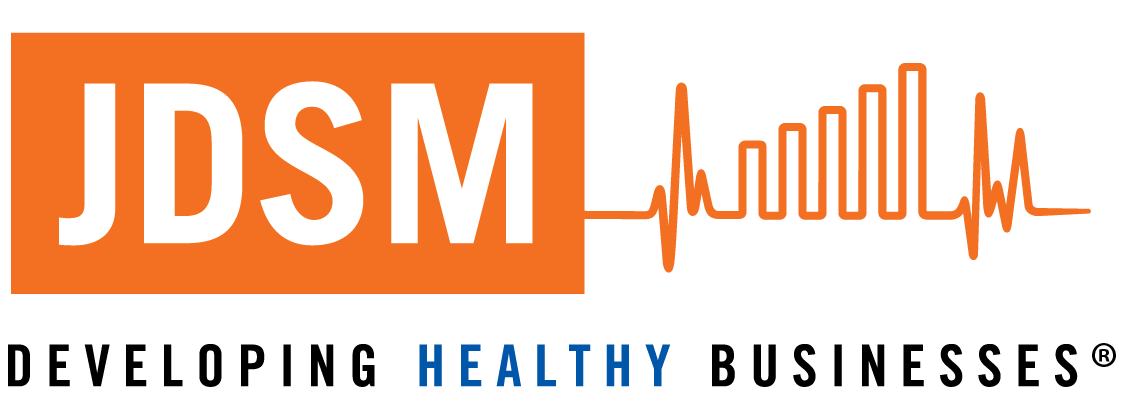In his book, “Six Disciplines for Excellence”, Gary Harpst points out that “up to 90% of effectively formulated strategies fail due to execution. It’s after goals are set that companies run into one their most challenging foes—their own internal systems and processes!” As an experienced operator and business coach I have witnessed this many times.
Every business has best practices and end-to-end steps they rely on to deliver value to an internal or external customer. When business is rough or even robust it is easy to take our eye off of the basic balls…like processes…. that help drive results. New technologies, new customers, new employees and new products make it hard to keep the systems aligned and processes consistent.
Next time you experience a breakdown in the delivery of customer service or a business result, you might want to check out the process. Efficiency experts report that 80% of performance problems typically stem from process and not people. Processes have a funny way of morphing without us knowing it. Over time people have a natural tendency to add their special shortcuts or new steps. It is all with good intention. Some of those modifications might actually improve the end results, but others could negatively impact results or consistency. You simply will not know unless you have a way to check it out.
What can happen is that two employees in the same role could be doing things totally different and the result is a missed goal or deterioration of the customer experience. Even if a critical process is working well, but everything is in Sally’s head, your company could be in jeopardy of missing out on essential institutional knowledge. If Sally needs to take a leave, it becomes much harder to pass those duties along to another member of the team. As businesses shift to a hybrid or a virtual way-of-working well documented processes which are followed-by-all will become even more important. Below is a basic process you can use to get a better handle on the current state of your processes.
Audit or inventory the top five to seven business processes. Be sure to look at HR, Customer Fulfillment, Marketing and Sales, Operations, Technology and Finance. Check out those critical processes that are customer facing, as well as those that are back-of- the house.
Here are several critical questions I ask when helping a client audit their key processes.
- Is the process clearly written and documented somewhere?
- Is the process easily accessible as a quick reference by those performing the work?
- Does the process reflect the current technology and tools used in performing the work?
- Borrowing from the book “Traction”, are the processes followed-by all?
- Is a Process Owner identified who is accountable to update, train and communicate changes periodically?
In my work with clients I have seen numerous examples where processes were instrumental in capturing the knowledge work of the enterprise, minimizing human error and deliver the value promise to customers. There is a business axiom that states that 80% of the results flow from 20% of the activities. Are your critical processes creating engine for success in your business?
Ed Bierschenk is a seasoned TAB Board Facilitator with extensive experience in leadership development and coaching.


